Part 2: What are protected characteristics?

There are NINE protected characteristics
A person belonging to a particular age or range of ages
A person has a disability if they have a physical or mental impairment which has a substantial and long-term impact on that person's ability to carry out normal day-to-day activities. Long- term impairments are those which are likely to or have lasted for at least 12 months. Please note: consideration should be given to the full range of disabilities (visible and invisible) – physical, sensory, learning, mental illness. Cancer, HIV and Multiple Sclerosis are automatically regarded as disabilities from the point of diagnosis.
term impairments are those which are likely to or have lasted for at least 12 months. Please note: consideration should be given to the full range of disabilities (visible and invisible) – physical, sensory, learning, mental illness. Cancer, HIV and Multiple Sclerosis are automatically regarded as disabilities from the point of diagnosis.
Consideration of the 'social model' of disability is particularly important in addressing access and other disability issues.
The process of transitioning from one gender to another. The Equality Act 2010 refers specifically to 'reassignment' (not 'transgender').
 Gender affirmation is a term often used in place of gender reassignment.
Gender affirmation is a term often used in place of gender reassignment.
A person has the protected characteristic of gender reassignment if the person is proposing to undergo, is undergoing, or has undergone a process (or part of a process) for the purpose of reassigning the person's sex by changing physiological or other attributes of sex.
Although this seems to point to the fact that anyone who does not wish to 'reassign' their gender is not covered by the Act, this is not the case. In September 2020 a UK Employment Tribubnal ruled that non-binary and gender fluid idenitities are covered by The Equality Act (2020).
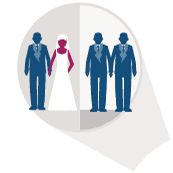 4. Marriage and Civil Partnerships
4. Marriage and Civil Partnerships
Marriage is a union between a man and a woman or a same-sex couple. Couples (same-sex and opposite-sex) can also have their relationships legally recognised as 'Civil Partnerships'.
Pregnancy is the condition of being pregnant or expecting a baby. Maternity refers to the period after the birth.
Race refers to a group of people defined by their race, colour, ethnic or national origins and nationality.
Religion refers to any religion, including a lack of religion. Belief refers to any religious or philosophical belief and includes a lack of belief. Generally, a belief should affect your life choices or the way  you live for it to be protected by the Equality Act. For a philosophical belief to be protected under The Equality Act (2020), it must:
you live for it to be protected by the Equality Act. For a philosophical belief to be protected under The Equality Act (2020), it must:
 Be genuinely held
Be genuinely held
 Be a belief and not just an opinion
Be a belief and not just an opinion
 Be a substantial aspect of life and behaviour
Be a substantial aspect of life and behaviour
 Attain a certain level of cogency and importance
Attain a certain level of cogency and importance
 Be worthy of respect in a democratic society
Be worthy of respect in a democratic society
Sex, or biological sex, refers to a person's status as female, male, or intersex depending on their chromosomes, reproductive organs, and other characteristics.
A person's attraction towards their own sex, the opposite sex, or both sexes. There are many sexual orientation 'identities' that you may want to consider.
Additional characteristics to consider
10. Caring responsibilities
A carer is anyone who is responsible, unpaid, for the care of a friend, family member or another person who, for a variety of reasons, is not currently able to cope without their support. Carers are a diverse group and every caring situation is different – the person being cared for may be ill, frail, disabled, experiencing a time of mental distress or suffering from substance misuse.
11. Socio-economic background
Socio-economic background is a descriptive term for the position of persons in society, based on a combination of occupational, economic, and educational criteria.
12. Gender / gender identity
Gender refers to the characteristics of women, men, girls and boys that are socially constructed. This includes norms, behaviours and roles associated with being a woman, man, girl or boy, as well as relationships with each other. As a social construct, gender varies from society to society and can change over time.
Some people identify as neither man nor woman, but as non-binary, gender fluid or diverse, genderqueer, agender or any other related identity which views gender as a spectrum.


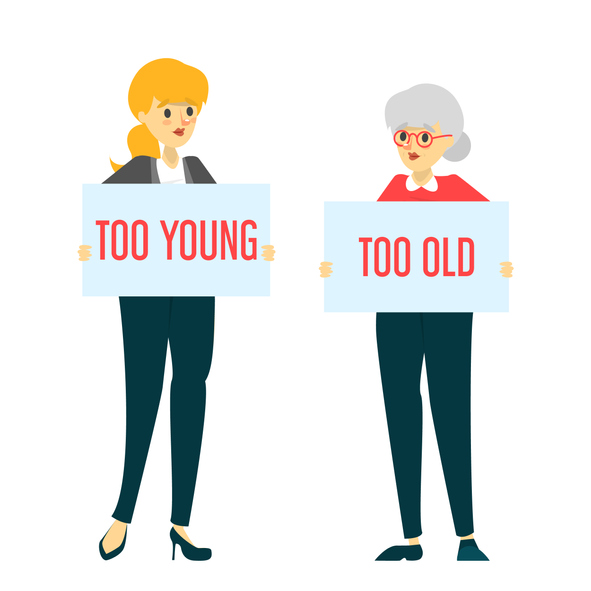

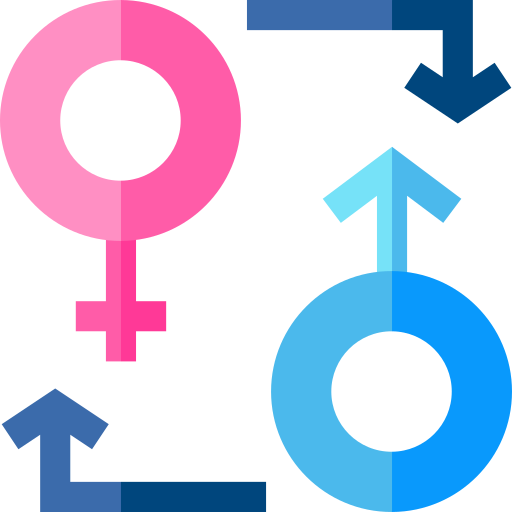
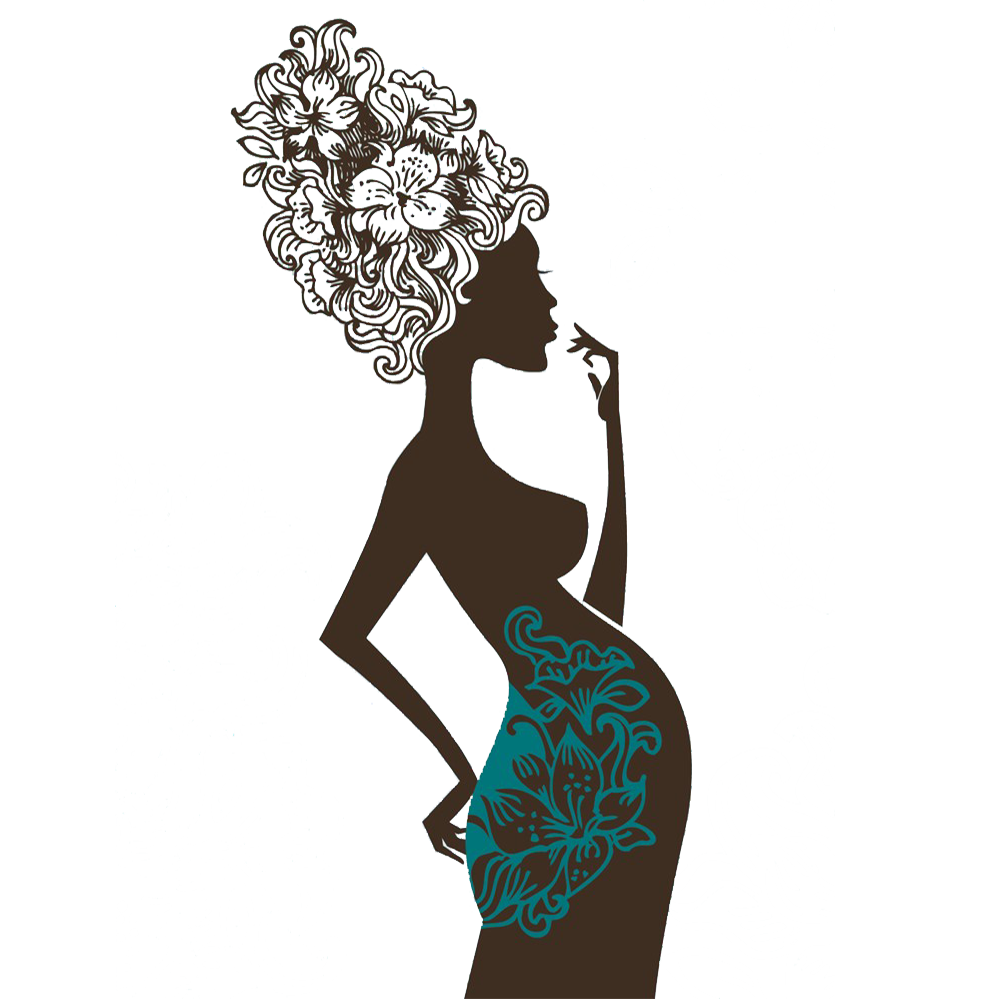
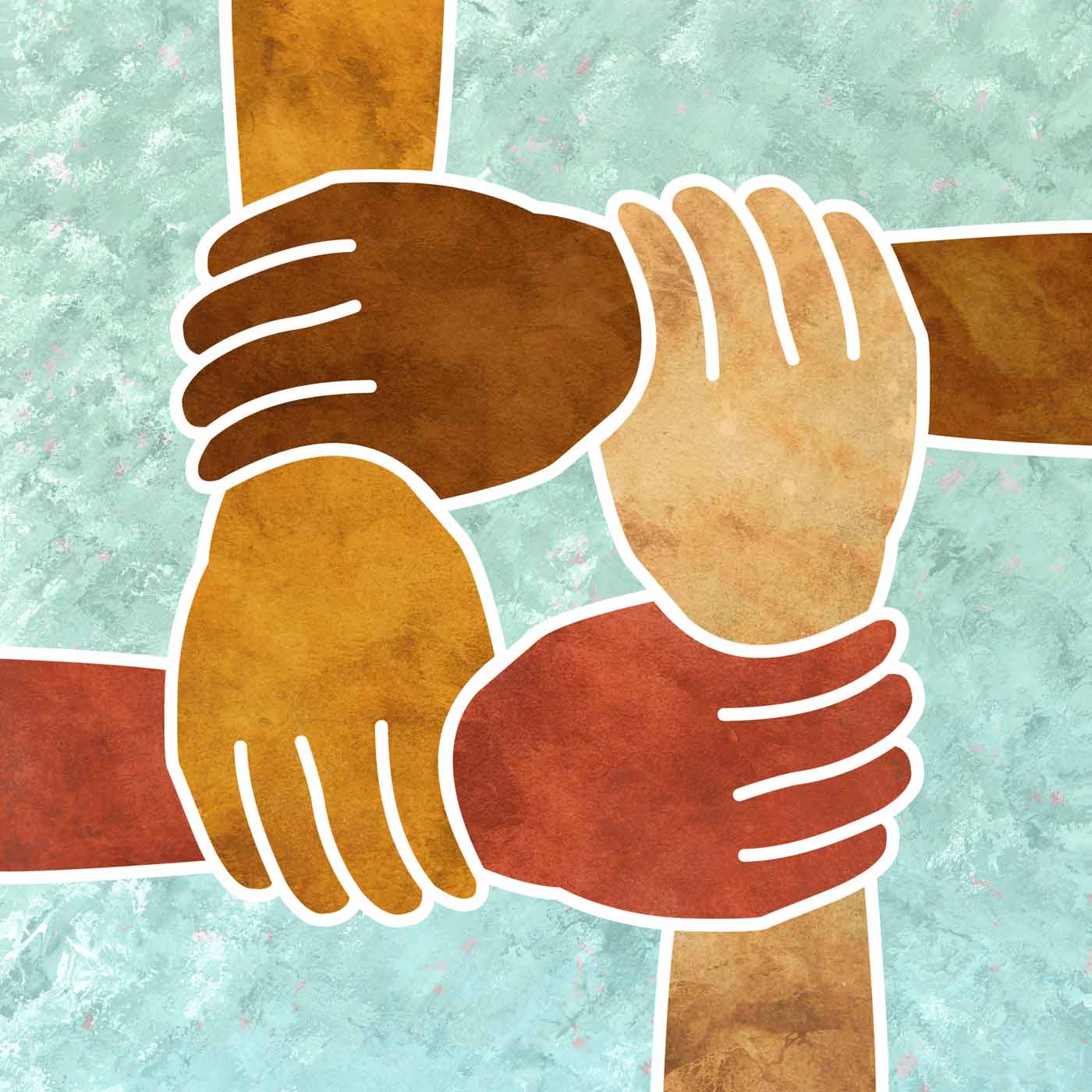

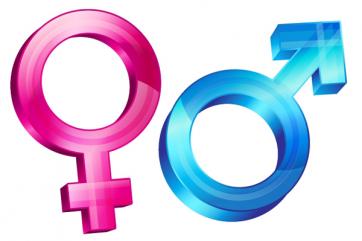 8. Sex
8. Sex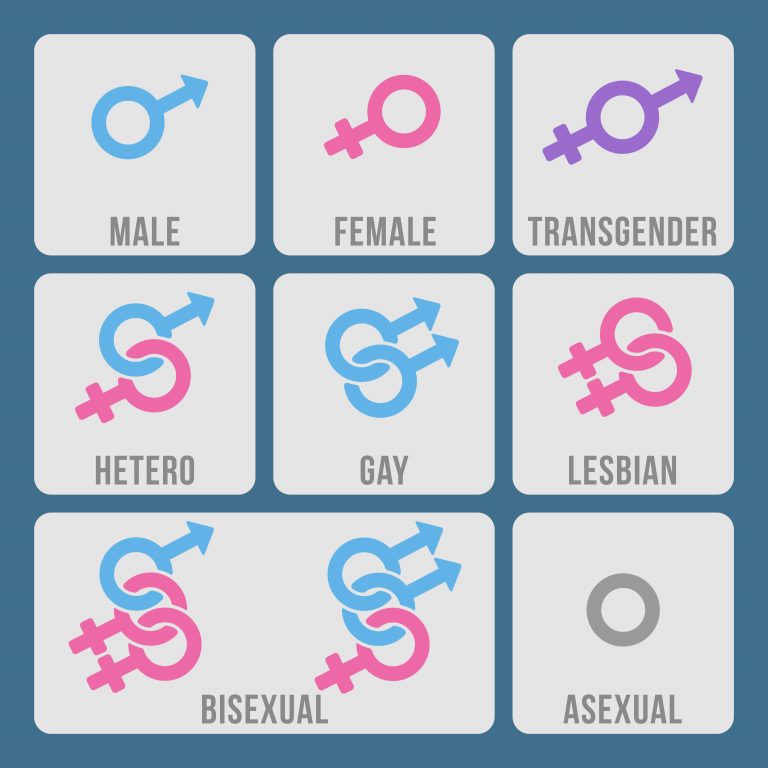 9. Sexual Orientation
9. Sexual Orientation